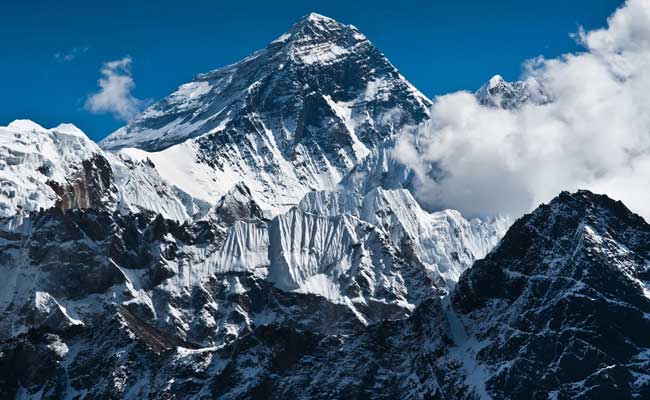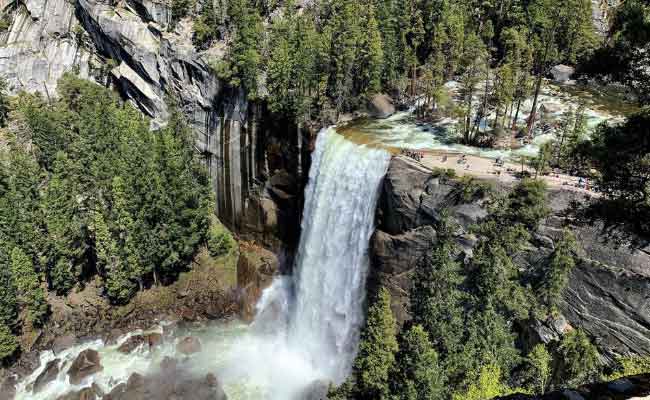The Mount Everest: A Majestic Wonder of the World
The Mount Everest, also known as Sagarmatha in Nepal and Chomolungma in Tibet, is the highest peak in the world, towering at an altitude of 29,029 feet. Situated in the Mahalangur mountain range in the Himalayas, the Mount Everest is a majestic wonder of the world that has attracted explorers, adventurers, and mountaineers for centuries.
History and Geography
The Mount Everest was named after Sir George Everest, a British surveyor who was responsible for measuring the exact location and height of the peak. The mountain was first successfully summited by Sir Edmund Hillary and Tenzing Norgay in 1953, but many attempts were made before this successful attempt.
The Mount Everest is located on the border between Nepal and Tibet, and is part of the Himalayan range. The peak is surrounded by other towering mountains, including Lhotse, Makalu, and Cho Oyu. The region is also home to Sherpa villages and ancient monasteries, making it a culturally rich and diverse area.
Climbing the Mount Everest
Climbing the Mount Everest is an arduous and dangerous task that requires extensive training, experience, and equipment. The ascent to the summit usually takes around two months, and climbers must acclimatize themselves to the high altitude by gradually ascending and descending the mountain. The climb involves navigating treacherous glaciers, steep ice slopes, and rock faces, and braving extreme weather conditions, including blizzards, avalanches, and high winds.
Despite the challenges, climbing the Mount Everest remains a popular and coveted goal for many mountaineers. However, due to the increasing number of climbers and the impact of human activity on the mountain, the Nepal government has introduced stricter regulations in recent years. Climbers are required to obtain a permit and follow a set of guidelines to minimize their impact on the environment and ensure their safety.
Impact of Climbing on the Mount Everest
The Mount Everest is not only a natural wonder, but also a fragile ecosystem that is vulnerable to human activity. The increasing number of climbers and the waste they leave behind has had a significant impact on the mountain’s environment. The Nepal government has introduced measures to reduce the impact of human activity, including requiring climbers to carry out their waste and implementing a trash collection system on the mountain.
However, the impact of human activity on the Mount Everest goes beyond waste. The increased foot traffic on the mountain has led to the erosion of the fragile ecosystem, and the use of fixed ropes and ladders has changed the natural landscape of the mountain. In addition, the risk of accidents and fatalities has increased with the increasing number of climbers, putting both climbers and Sherpas at risk.
Preservation and Conservation Efforts
Preserving the Mount Everest for future generations requires a collaborative effort from all stakeholders, including the government, climbers, and local communities. In recent years, there have been several conservation and preservation efforts to protect the mountain and its fragile ecosystem.
One such initiative is the Everest Base Camp Clean-up Campaign, a program that involves cleaning up the waste left behind by climbers and trekkers. The campaign has been successful in collecting and removing tons of waste from the mountain, including oxygen bottles, food packaging, and climbing equipment.
Another initiative is the Khumbu Climbing Center, a training program that provides technical training to local Sherpas and climbers to improve their safety and reduce their impact on the mountain. The program also promotes responsible climbing practices and environmental conservation.
The Future of Climbing the Mount Everest
The Mount Everest continues to be a popular and coveted destination for mountaineers and adventurers, but the increasing impact of human activity on the mountain raises concerns about its preservation and conservation.
![]()





